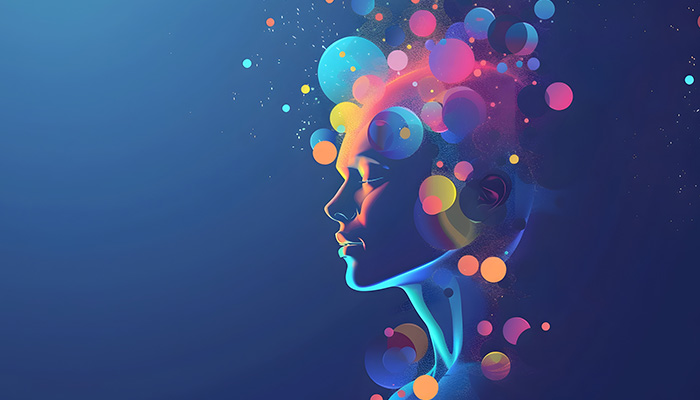
Digital Agency Blog
Neurodesign: The New Frontier of UX?
Imagine if your website or app could read your user’s mind—not in a spooky, sci-fi way, but in a scientifically-backed, genuinely helpful way. Welcome to neurodesign, the next big leap in UX design that blends neuroscience with design to create experiences that don’t just look good but feel right on a brain level.
“Neurodesign: because your users’ brains deserve a VIP experience.”
But what exactly is neurodesign? And is it really the future of UX design—or just another buzzword destined for the graveyard of overhyped trends? Let’s dive in.

What is Neurodesign?
At its core, neurodesign applies findings from neuroscience—think brain activity, emotional responses, attention, and memory—to the design process. It’s about understanding how people perceive, process, and emotionally respond to digital interfaces.
In practice, this means implementing techniques like:
- Eye-tracking to see where users focus their attention
- EEG (electroencephalogram) to measure brainwave patterns in real time
- Biometric feedback (heart rate, skin conductance) to gauge emotional arousal
“It’s like having a secret decoder ring for the human brain.”
These insights help designers craft interfaces that tap directly into cognitive and emotional triggers, improving usability, engagement, conversion rates, and even trust.
Why Does Neurodesign Matter?
Traditional UX design relies heavily on user feedback, A/B testing, and heuristics. That’s valuable, but it’s also indirect. You ask users what they think, not what their brain actually does.
Neurodesign takes the guesswork out of the equation and brings data-driven design to a new level.
Research from MIT reveals that designs optimized using neurofeedback can increase user engagement by up to 20–30%. That’s a serious advantage in today’s hyper-competitive digital landscape.
“Good UX design appeals to logic. Neurodesign appeals to the whole brain.”
How Does It Work in UX?
Neurodesign principles often translate into clear, actionable design strategies:
-
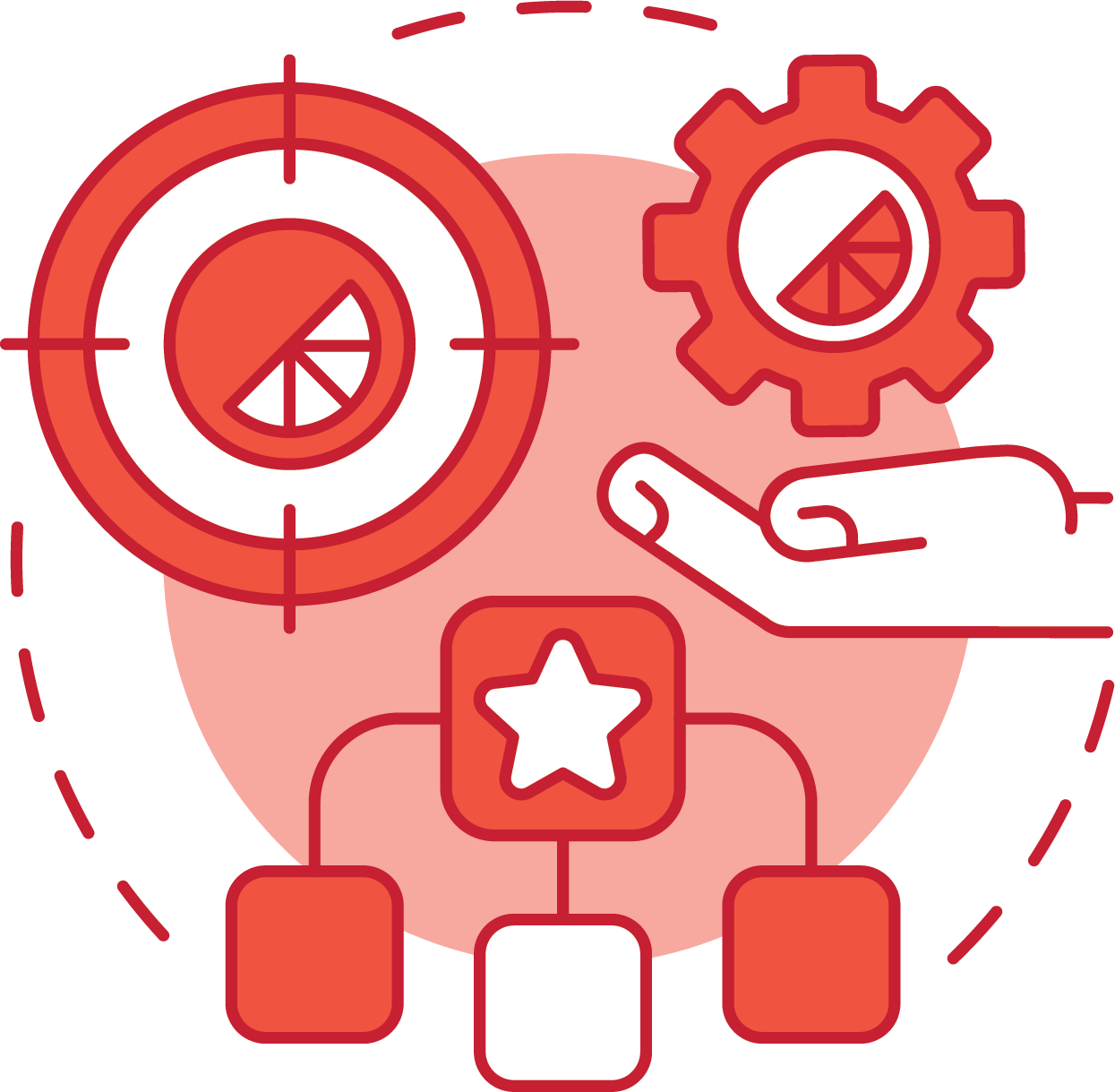 Visual Hierarchy:
Visual Hierarchy:
Our brains naturally scan in an F or Z pattern. Neurodesign confirms this and helps place critical information where eyes land first. -
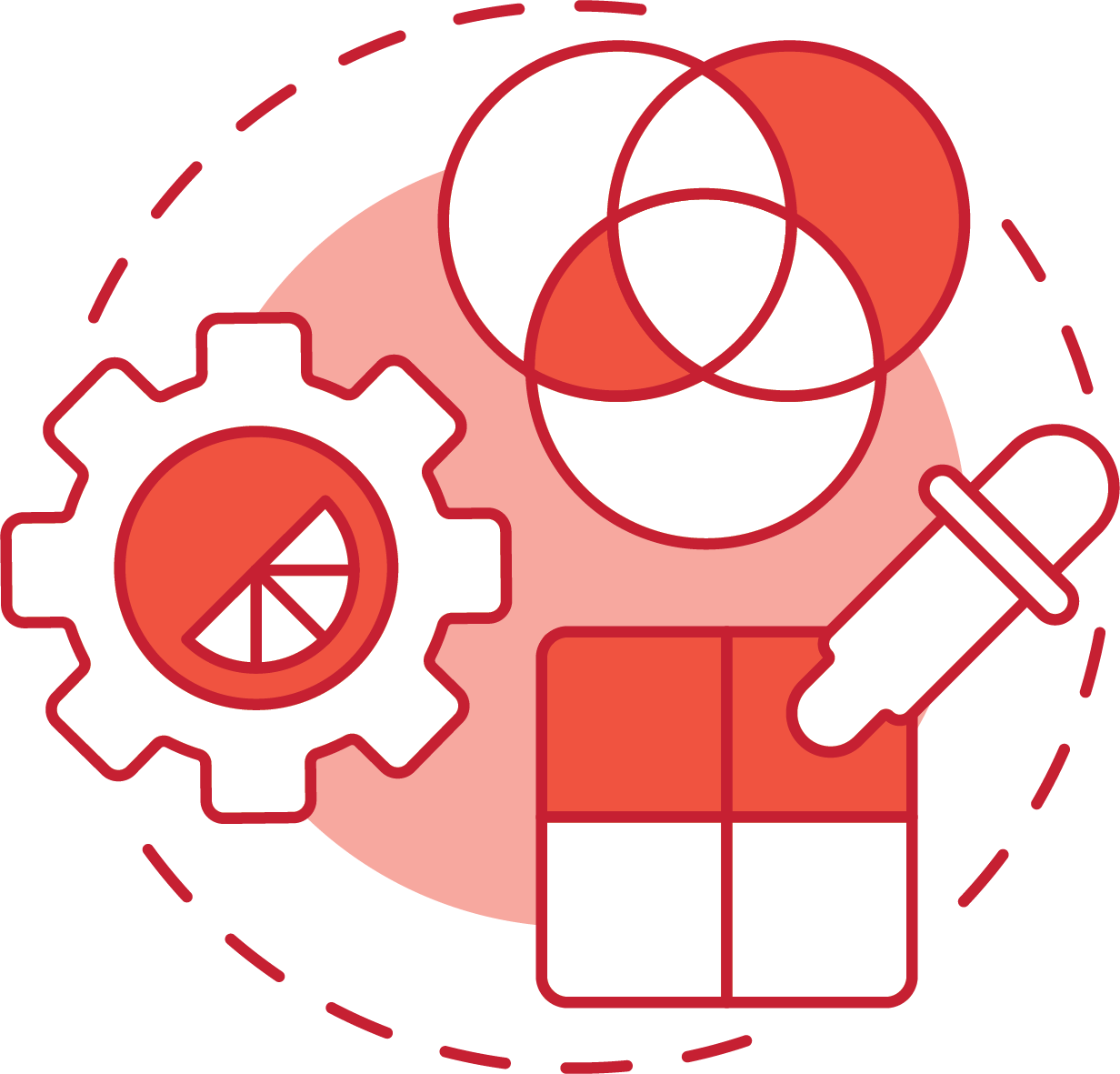 Color Psychology:
Color Psychology:
Reds can increase excitement; blues create a calming effect. But neuroscience refines exactly how much and when to use these colors to support emotional design. -
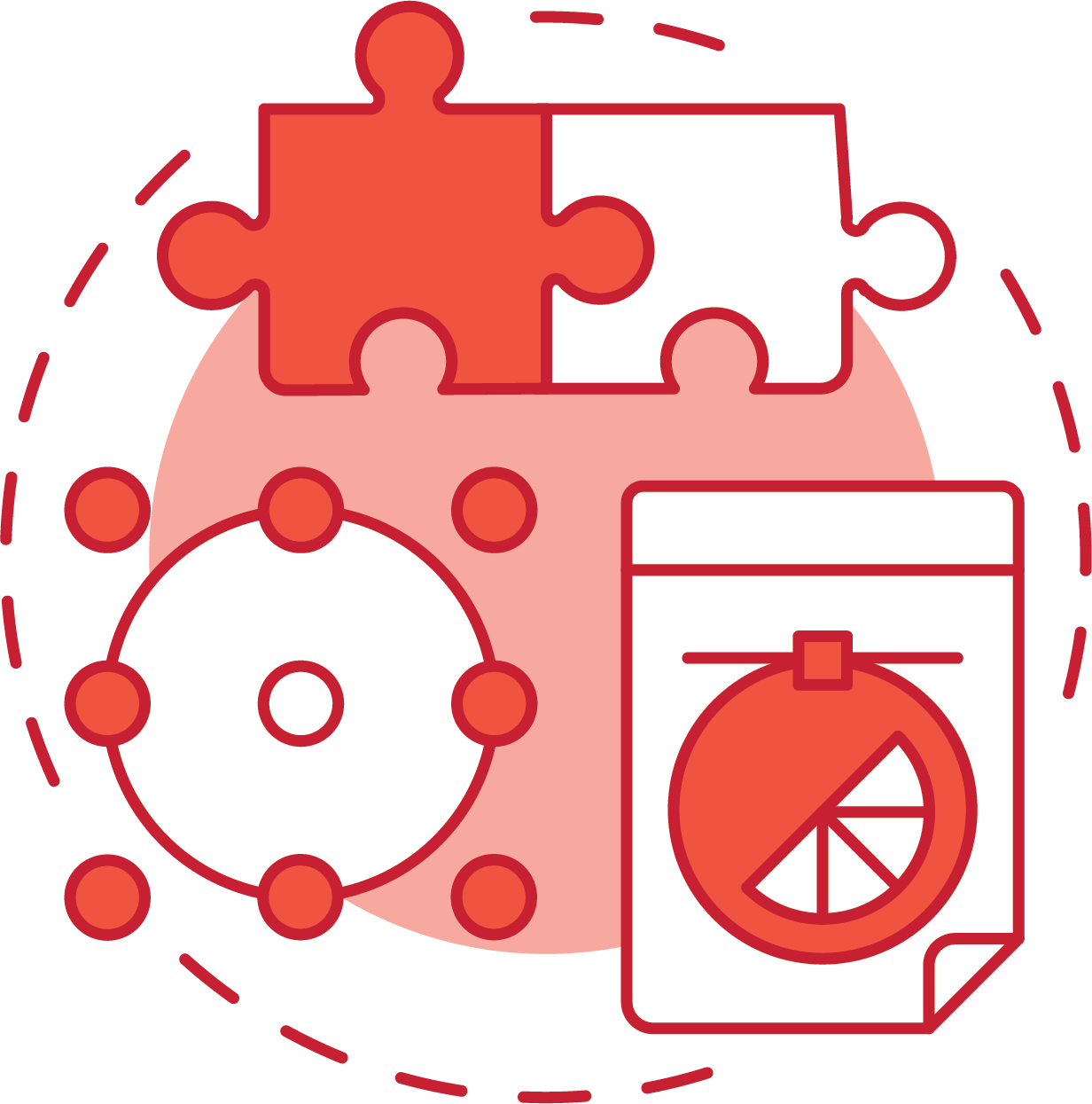 Cognitive Load:
Cognitive Load:
Overloading the brain leads to frustration. Neurodesign guides how to break down content into digestible chunks for better retention and UX improvements. -
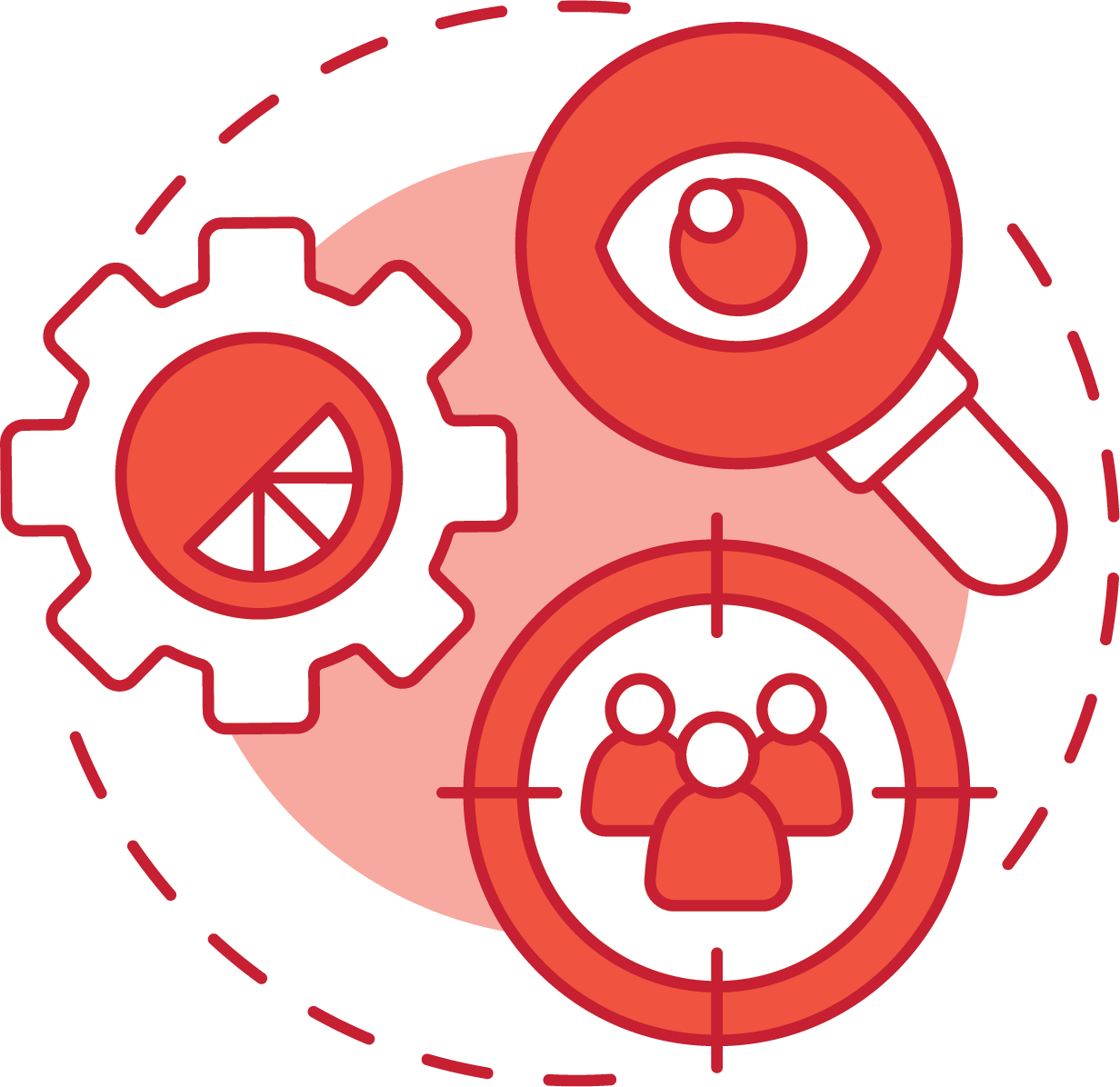 Emotional Design:
Emotional Design:
Smiles, faces, and storytelling all activate the centers in your brain that control empathy, creating more memorable and impactful experiences.
“Neurodesign doesn’t just ask ‘Is it usable?’ It asks ‘Does it resonate?’”
Challenges and Ethical Questions
Of course, neurodesign isn’t a magic wand. Brain science is complex and an ever-evolving field. Measuring neural responses outside the lab can be noisy, expensive, and time-consuming. Some worry that neurodesign could be weaponized to create addictive experiences or exploit cognitive biases.
“Are we designing for delight or for manipulation?”
There’s also a fine ethical line:
It is essential that designers champion transparency, user autonomy, and ethical standards to ensure neurodesign benefits people, and is not just a cash cow.
Real-World Examples
Netflix reportedly uses emotional and cognitive data to design thumbnails that grab your attention within seconds.
Nike’s website leverages visual cues and behavioral design aligned with human perception to increase user engagement and boost conversion rates.
The Future of UX Is… Brainy?
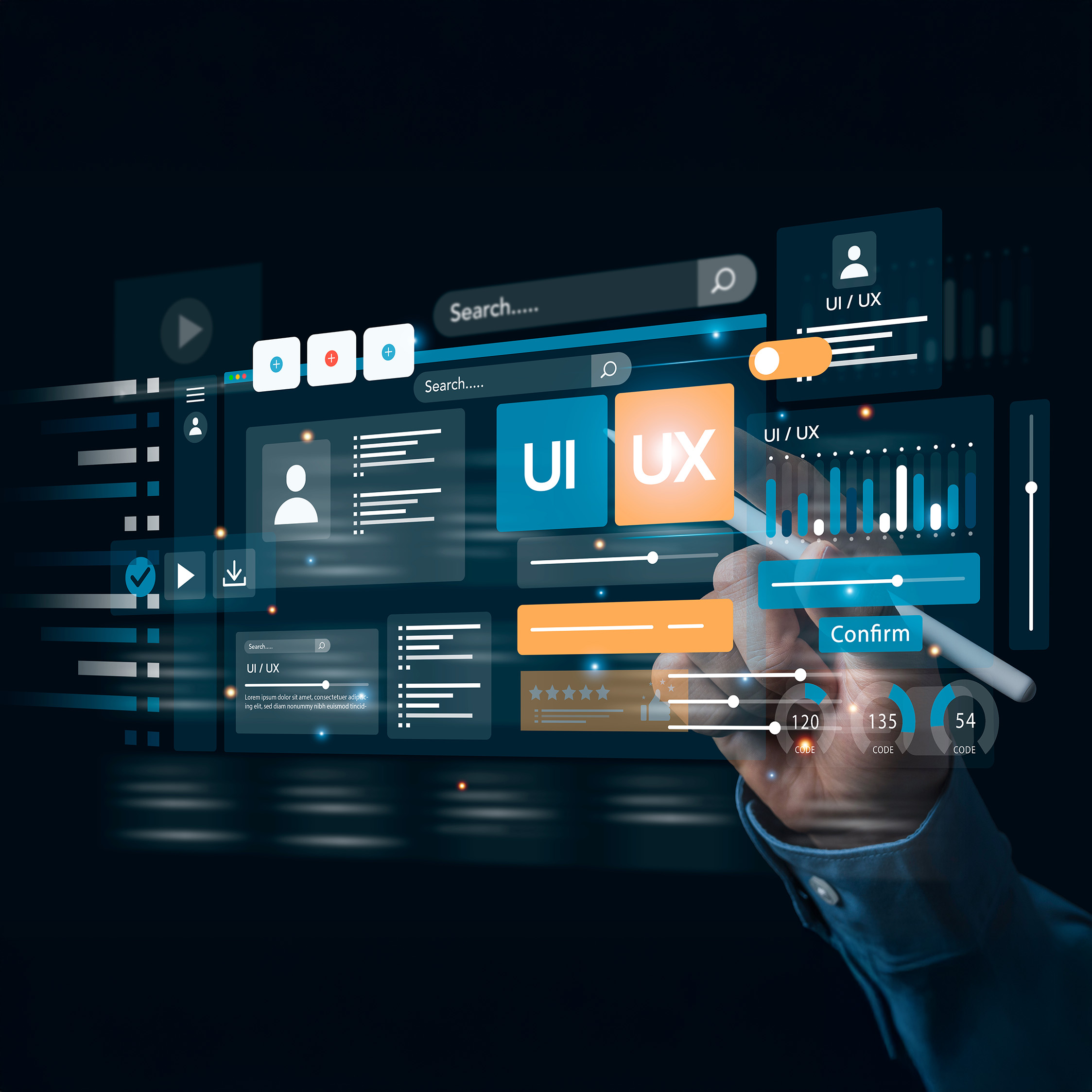
Neurodesign challenges us to think of UX not just as an art, but as a science. It invites designers to look inside the mind of the user to create experiences that are smarter, more empathetic, and frankly, a bit magical.
“If UX is an art, neurodesign is the science that perfects the brushstrokes.”
So is neurodesign the next big frontier? All early signs point to yes. As brain-imaging technology becomes more accessible, expect this brainwave-powered revolution to influence everything from e-commerce platforms to AI-powered education tools.
In the end, designing with the brain in mind may be the smartest UX move yet.
Neurodesign aligns seamlessly with FabCom’s proprietary methodology, Neuromarketology®, which maps the brain's decision-making patterns to deliver hyper-relevant brand experiences. And we literally wrote the book on it… over 15 years ago. Ahead of the curve? Yeah, the curve’s been chasing us ever since.
By combining neuroscience principles with data-driven marketing strategy, we’re able to design UX that resonates on a cognitive level—reducing friction, enhancing recall, and triggering emotional engagement that drives action.
Neurodesign is not just an emerging trend; it’s a core pillar of how Neuromarketology delivers precision-targeted experiences that move the needle. And behind it all? FabCom’s team of marketing pros who know how to get it done. We don’t just talk about innovation—we roll up our sleeves and turn it into ROI.